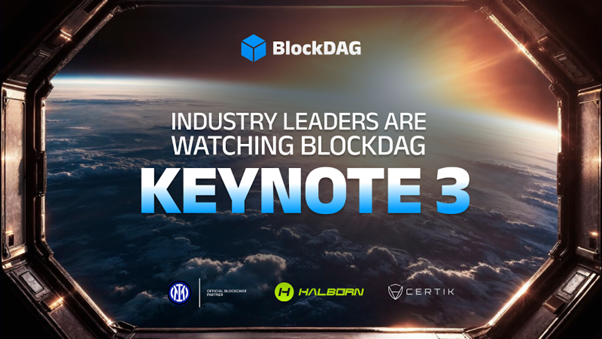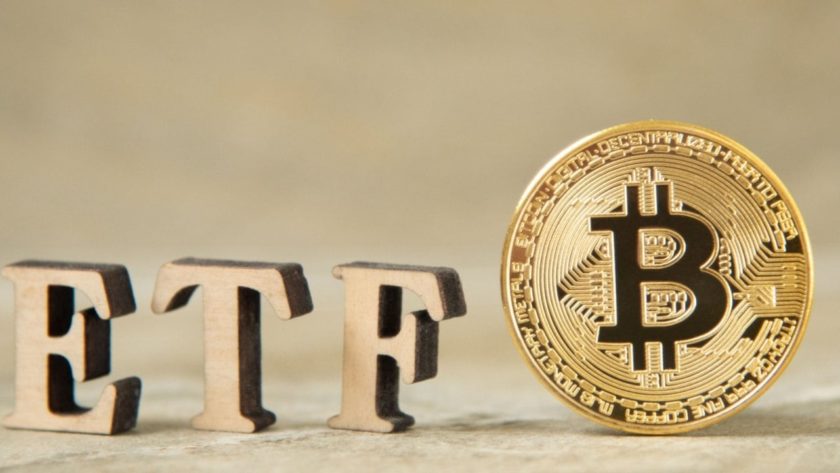Lack of Tech Understanding Stands Behind the 2018 Bitcoin Bear Market
June 17, 2019 by Jeff Fawkes
You may have noticed the bitcoin bear market during 2018, which came hot on the heels of 2017’s record bull run. If you still didn’t recognize this as an ultra-large “pump and dump” scheme, let me show everything to you in a new light.
Also read: Florida Creates a Task Force to Investigate Blockchain’s Economic Benefits
Subscribe to the Bitsonline YouTube channel for great videos featuring industry insiders & experts
Crypto Veterans Knew Beforehand That Prices Would Fall
While many in the community regard Bitmain or the U.S. government officials as the root of all evil, it is likely that the real evil is… literally everywhere.
You may still be thinking that bitcoin or altcoin prices are a product of trading, mining, market demands, and news. However, the truth is that crypto prices may very well be predictable as hell. Many news outlet editorials predicted back at the beginning of 2017 that almost all ICO ventures would fail. The journalists of the early Bitcoin era acquired their precious pure knowledge and some kept the secret from the public.
But not only that — when it comes to news stories and articles, some journalists and even editors-in-chief have been willing to add a few scam ads to the text to earn extra cash.
ICO overlords paid lots of cash to those crypto news outlets, especially the local ones, from the beginning of 2017 till the end of 2018. They made it all look like there are hundreds of thousands of “revolutionary” projects in existence when in fact there were only a few of them (just like now, just like always).

Token Technical Specs Matter, But Traders Busy With Price
During 2017, corporations and whales bought large amounts of BTC and altcoins to make the price hard-on look unbeatable.
The truth is simple – 2017 was the cartel’s party year. Corporations with hidden names created piles of ICO projects to clean their dirty money. They used stablecoins, ICO scams, and exchanges with anonymous founders to raise BTC and sell soon-to-be-worthless tokens.
A closed circle of editorial chiefs, government agents, exchange admins, and mining gigs used social engineering, knowledge about human behavior and blockchain technology, as well as a large networks of fake news websites, to manipulate the crowds. And manipulate the token prices too, gaining unbelievable profits out of thin air. According to some researchers, the Tether “stablecoin” is tied to the 2017 and 2019 Bitcoin pumpings in a number of ways.
Greed plays a huge role here. While the token authors may claim their project can conquer the world, you must study the project in detail by yourself to see things from the true perspective. For instance, which coin is better, the one that has its own blockchain, or the one working on Ethereum’s ERC-20 protocol? This is a very important question to consider, because a number of industry specialists have big doubts Ethereum is a platform worth using.
Leave Your Greed and Turn the Brain On
What did newbies want? Lots of cash. which is normal. Basically, anyone coming to this field is coming to make good money, not for some libertarian ideology or anarcho-capitalism chatter.
But looks like the crypto field has built an illusion of money and power, like a cult or something similar to religion. At its core: the promise that some bad tokens will gain traction, ICOs and stablecoins will win and the banking systems of the world will be destroyed. Do you feel there’s a childish approach behind these popular notions?
They often forget to tell people that almost all the tokens (except for bitcoin or bitcoin cash) have failed to gain strong decentralization. If you want some “horrifying” information, read some info on the Zerononsence channel or listen to the classic Junseth’s world podcast. And don’t forget to visit the badbitcoin.org scammer database!
The Greatest Dumping of All Time
The ICO pyramid was built to seduce people into acquiring useless tokens in exchange for dumping their precious BTC. Scammers know very well which coins worth collecting, so the ICO authors always ask for BTC/BCH, XMR/ZEC or even ETC/ETH.
The red flags were always the same: disdain for regular people, stupid-looking websites, idiotic “decentralized network” social media pages, hats, packshots and posts, Twitter spammers, and other very laughable stuff.
What to do if You’re an Altcoin Collector?
Each crypto website has its own Top 10 blockchain tokens. It usually starts with BTC (just to pretend they still care about the roots), and continues with others like NEM, XRP, and thousands of obscure ERC-20 tokens made by your granny to make you proud.
But ask yourself how it happened that these crypto sites have different tokens in their “top” lists, while the editorials obviously know there could be only ONE list of “top cryptos”? Namely, BTC and another 3 to 5 privacy-oriented tokens.
People seem to invest in nonsense like the decentralized corporate PoS currencies (where PoS means Piece of Shit, not Proof of Stake), which no one really uses.
At the same time, journalists who promote PoS assets accept the mining-based currencies (where means Proof of Wealth, not Proof of Work) which include: Bitcoin, Zcash, Bitcoin Cash, and Monero.
In case you are one of those “last airbenders” who still keep 100 altcoins within a multi-currency wallet, just compare your favorite projects to Bitcoin or Bitcoin Cash and spend at least two months reading more skeptical articles. And you’ll see the technical difference.
First, look at the number of nodes a project has on its network. Second, check the number of active users (this can be a highly doubtful statistic since cryptocurrency is anonymous or pseudonymous). Third, check the number of miners in the network. Fourth, look at acceptance (i.e.: actual usage in real life) and goals. Fifth, read the code. And so on.
If you understand how the crypto works, you understand that some things just don’t work in crypto no matter how badly you really wish them to.
It’s time to think about real implementations and use cases, as Vitalik Buterin said. But it’s too late when the public discovers that 90 percent of altcoins are BS. How can you concentrate on the development of something that doesn’t really work? And how about smart contracts? Recent stats show that 90 percent of ETH dApps (distributed applications) have no users. Do you think insiders didn’t know about the coming crash?
So, now everybody pretends they are very surprised that users take their money away from the crypto mire:
- Barry Silbert: Venture Companies Cancel Deals During Crypto Market Crash – venture companies seem to finally start seeing the larger picture.
- Jeremy Allaire, Circle CEO, said that “Bitcoin will cost more in three years”. Three years? After such a fall? In this space, no one will be investing in something now that will bring profits only after three years of painful waiting.
- Stephen Pair, a serious looking man and CEO of Bitpay, recently stated that crypto payments will become mainstream in 3 to 5 years.
Why Are We Still in a Bear Market?
The strange thing here is that some people don’t see the fact that Bitcoin works right now, not in the future. The future may not happen though, we must live now and care about current needs, not some foggy future.
People who lived in the U.S.S.R. were always told that they had not build true “socialism” yet, and that it would appear in the future as a result of their hard work. In fact, till 1991, they had already lived with socialism, and at the time it supposed to be ”finally built”, the country fell apart after the Cold War against the U.S. What if something similar is happening to cryptocurrencies? What if something that we all building right now is the real decentralization, and its impact is immediate, not long-term?
What future do you expect for cryptocurrencies and decentralization ideas? Share your own opinions in the comment section below.
Images by Jeff Fawkes, Mr. Freeman, and BitMEX
This opinion piece reflects the personal views of the author, not Bitsonline editorial policy.









